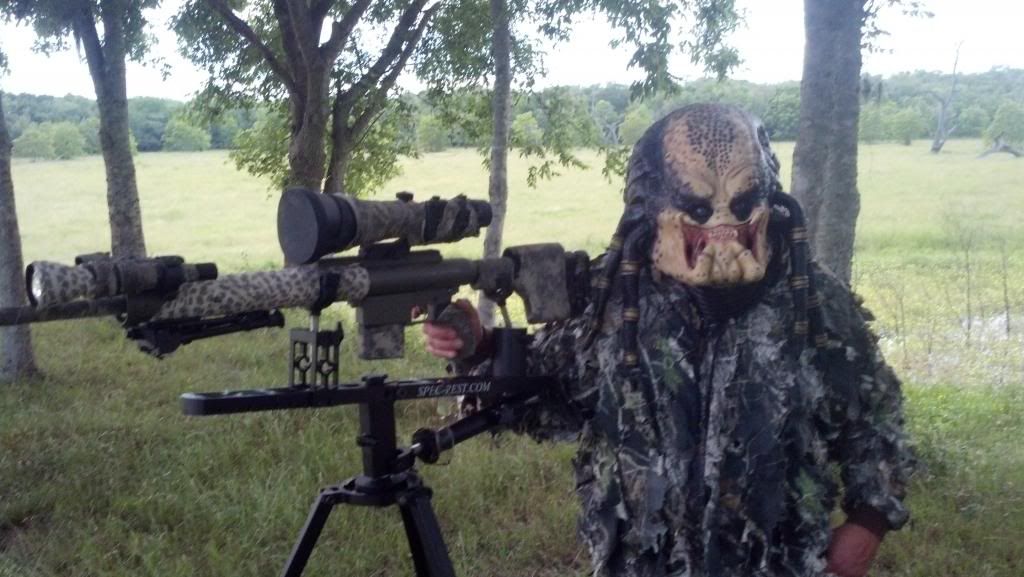Micanopy Mike
New member
All the photos I have seen of both the FLIR RS thermal scopes and the new IR Hunter thermal scope shows them mounted quite high above the top of the barrel. This makes it very difficult to get a good stable cheek-weld on the butt-stock. Is this done intentionally or is there some design constraint that requires this extra high mounting? Back-up/flip-up iron sights is one one reason for mounting optics such as red-dot scopes an extra inch or so higher so that they co-witness in case of optical or battery failure. This makes sense if you are somewhere over in the sand-box fighting hadjis where battery failure or optical damage could easily result in your demise. However, in the arena of sport hunting, the need for co-witnessing with iron sights is not so critically important. It might be just me, but rifle and carbine classes at Gunsite and Thunder Ranch have all emphasized setting up rifle optics as low as possible so as to provide a proper cheek-weld. Every extra 1/2-inch of mounting height makes it just that more difficult to "snuggle-down" into a stable and repeatable hold.
Along with this same topic is the issue of seeing so many rifle optics mounted quite far to the rear. Unless you have a very short neck, this forces most shooters to scrunch their head to the rear in order to provide for proper eye-relief as well as avoiding cut eyebrows from recoil. As with optics that are mounted too high, this also makes acquiring a stable and repeatable hold more difficult.
Somebody has gotta 'splain why so many scopes are mounted so high and so far to the rear....
Along with this same topic is the issue of seeing so many rifle optics mounted quite far to the rear. Unless you have a very short neck, this forces most shooters to scrunch their head to the rear in order to provide for proper eye-relief as well as avoiding cut eyebrows from recoil. As with optics that are mounted too high, this also makes acquiring a stable and repeatable hold more difficult.
Somebody has gotta 'splain why so many scopes are mounted so high and so far to the rear....









